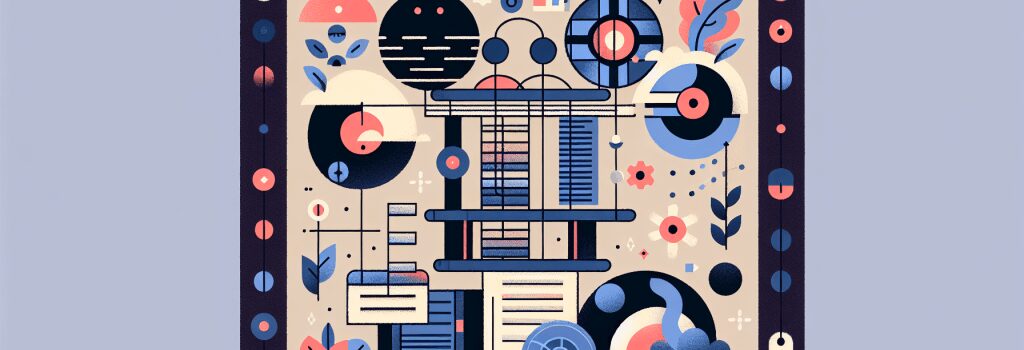Balancing Aesthetic Design and Accessibility in Web Development

Ahoy, future web developers! Welcome to the magnificent world of web development. Prepare yourself for a thrilling adventure with our trusty sidekicks HTML, PHP, CSS, JS, and WordPress. Today, we’re going to explore the mystifying realm of balancing aesthetic design and accessibility. Now, you must be wondering, “What do I need this balance for? Is it the same as walking a tightrope?” Fear not, fellow padawan, you don’t need a safety net; It’s much safer here.
The Conundrum of Style and Substance: Beauty Vs. Usability
Web development is like baking. Just as an alluring cake is pointless if it tastes like cardboard, a visually striking website is futile if it isn’t user-friendly. This is where the game of balancing aesthetic design and accessibility comes into play. It’s essentially about creating a website that is not just a treat for the eyes but is also as easy to navigate as a stroll in the park.
A Beautiful Partnership: Aesthetic Design and Accessibility
Contrary to popular belief, aesthetic design and accessibility aren’t arch-rivals. They can be two peace-loving peas in a pod. Before we dive deeper, let’s do a brief meet-and-greet with our protagonists.
Aesthetic Design 101
This is the visually pleasing aspect of your website. It’s like dressing your site in a dashing tuxedo or a stunning dress. The colors, the fonts, the layout – that’s all part of the aesthetic design.
It’s Not Just About Looking Good
Does this mean a web developer can slap on their artist’s beret and go Picasso on their website? Well, not quite. You don’t want your users to feel like they’ve walked into a psychedelic labyrinth from the 70’s. The trick is to make it visually appealing but not overwhelming. Simplistic beauty, remember?
Accessibility – The Unsung Hero
In web development language, accessibility means ensuring the website is usable for everyone, including individuals with disabilities. Even the most eye-catchy website can fail terribly if it lacks accessibility.
Accessibility Is More Than Making It User-Friendly
It’s not just about creating a website where users can easily find everything. It’s about building a site that can be used perfectly by a diverse group of users, including those with impairments like vision or hearing difficulties.
The Magic Is in the Mix: Balancing the Two
Striking a balance between these two crucial elements can seem as challenging as juggling flaming swords, but have no fear! It’s perfectly doable. Here are a few tips:
Usability Should Be Your Foundation
Remember, a website is meant to be used, not just looked at. Pointless beauty won’t get you far. So, ensure that the website is easy to navigate first.
Color Scheme Matters
Choose colors that are not just pleasing but also enhance readability, and don’t forget color blindness considerations!
Use Fonts That Are Easy on the Eyes
Use fonts that people can read without squinting or, worse, needing a magnifying glass!
Don’t Play Hide-and-Seek With Important Content
Ensure important buttons and links are clearly visible and not hidden away as easter eggs.
Balancing aesthetic design and accessibility is all about form meeting function seamlessly. It’s about creating websites that win hearts while being respectably efficient. So roll up your coding sleeves and get ready to create stunning yet approachable web wonders!


